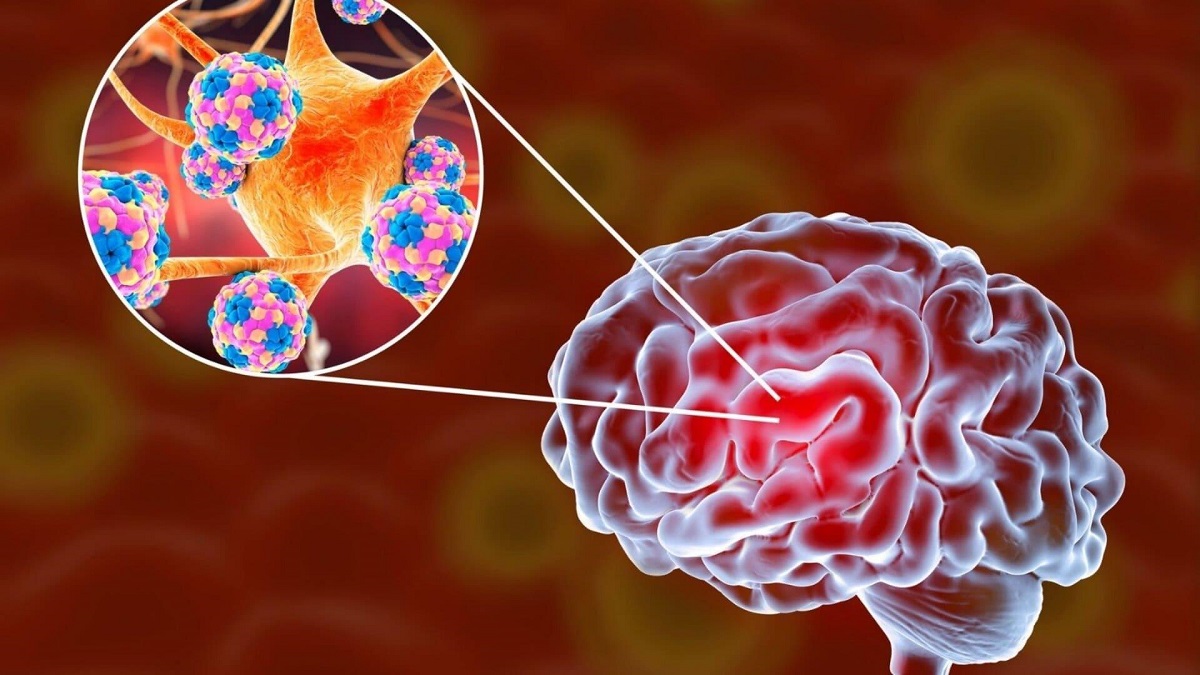KEY TAKEAWAYS
- The study aimed to assess prognostic factors and the role of SRT in managing progressive glioblastoma.
- The results showed enhanced survival rates with hypofractionated SRT in progressive glioblastoma patients, particularly in younger and pseudoprogression individuals.
Progressive glioblastoma poses significant challenges in management, necessitating an evaluation of prognostic factors and the efficacy of stereotactic radiotherapy (SRT) as a re-irradiation approach. Given the aggressive nature of brain cancer, understanding these factors is crucial for optimizing treatment strategies and improving patient outcomes.
Melek Tugce Yilmaz and her team conducted a study that aimed to assess prognostic factors and investigate the efficacy of SRT as a re-irradiation method in managing progressive glioblastoma.
The study commenced with a retrospective assessment of 77 patients diagnosed with glioblastoma who had undergone prior irradiation and subsequently experienced progression. These individuals received a second course of hypofractionated SRT consisting of 1–5 fractions between 2009 and 2022 at our institution. Subsequent statistical analyses were conducted using IBM’s Statistical Package for the Social Sciences (SPSS) version 23.0.
The study revealed that the median time to progression from the completion of initial radiotherapy stood at 14 months (range: 6–68 months). The predominant SRT regimen consisted of 30 Gy (range: 18–50 Gy) administered in 5 fractions (range: 1–5 fractions). Following SRT, the median follow-up duration was 9 months (range: 3–80 months).
Notably, the one-year overall survival (OS) and progression-free survival (PFS) rates post-SRT were 46% and 35%, respectively (OS P=0.009, PFS P=0.008). Re-irradiation dosage and the occurrence of pseudoprogression emerged as significant independent positive prognostic factors for both OS ([P=0.04, P=0.04]) and PFS (P=0.009, P=0.008), while a progression-free interval exceeding 14 months was also identified as a prognostic factor for PFS (P=0.04).
The treatment was generally well-tolerated, with no significant acute toxicity reported. However, during follow-up, radiation necrosis was observed in 17 patients (22%), with 14 (82%) of these cases being asymptomatic.
The study concluded that hypofractionated SRT represents an efficacious treatment modality for individuals with progressive glioblastoma. Enhanced survival rates were particularly notable among younger patients who experienced disease progression beyond 14 months, received elevated SRT doses, and exhibited pseudoprogression subsequent to SRT.
The Scientific and Technological Research Council of Türkiye (TÜBİTAK) provided open-access funding for this research. No additional financial support, grants, or funding were received.
Source: https://link.springer.com/article/10.1007/s11060-024-04607-4
Yilmaz, M.T., Kahvecioglu, A., Yazici, G. et al. Hypofractionated stereotactic re-irradiation for progressive glioblastoma: twelve years’ experience of a single center. J Neurooncol (2024). https://doi.org/10.1007/s11060-024-04607-4 .



